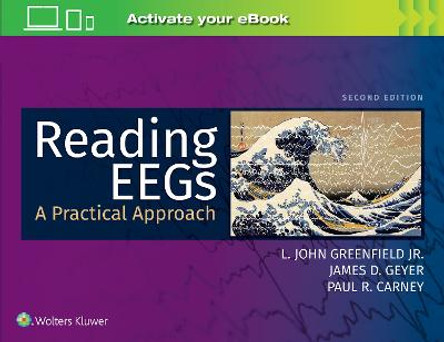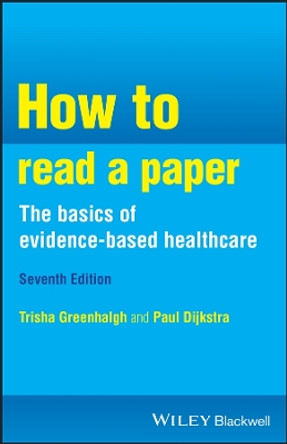Description
Demystifying the interpretation of EEGs in a clear, concise, and stepwise pocket guide with examples for many common clinical scenarios.
About the Author
Dr Neville M. Jadeja is fascinated by EEGs. They allow the workings of the brain to be seen in real time. Learning how to read them is challenging, but that's makes them interesting. Dr Jadeja completed medical school in India, and during his internship at Jacobi Hospital (The Bronx, New York), where he encountered many cases which prompted his decision to become a neurologist, one of them was a patient who returned from a fishing trip in the Caribbean to find that every time he touched something cold, he would feel hot - the diagnosis of ciguatera poisoning from eating a Barracuda only fuelled his interest. Dr Jadeja went on to complete a neurology residency at Einstein and then moved to Boston to train as an epileptologist. Currently, he serves as a staff neurologist at the University of Massachusetts. This book reflects his techniques in teaching the reading of EEGs. Connect with Dr Jadeja on Facebook @neurobooks and on Twitter @NevilleNeuroMD.
Reviews
'How to Read an EEG provides a clear and concise guide to reading and interpreting EEGs in a systematic way ... This book is mainly targeted for those looking to learn EEG for the first time and for those wishing to refresh their skills. It contains clear descriptions of typical findings in adults, children, and neurocritical care EEG monitoring.' Walt R. Banoczi, The Neurodiagnostic Journal
'The book takes a stepwise approach to the interpretation of EEGs. It is particularly effective in highlighting the various EEG patterns readers may come across and the clinical significance of each of these findings. This is something I have not seen systematically addressed in other commonly recommended EEG-reading guides and is a highlight of this book, allowing it to serve as a useful reference.' Alexander Buslov, Doody's Reviews
Book Information
ISBN 9781108825641
Author Neville M. Jadeja
Format Paperback
Page Count 268
Imprint Cambridge University Press
Publisher Cambridge University Press
Weight(grams) 300g
Dimensions(mm) 186mm * 124mm * 13mm








